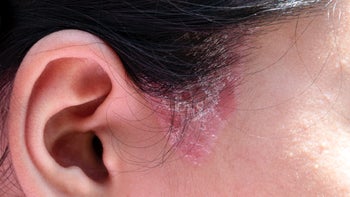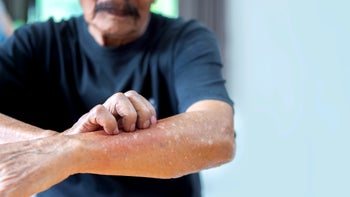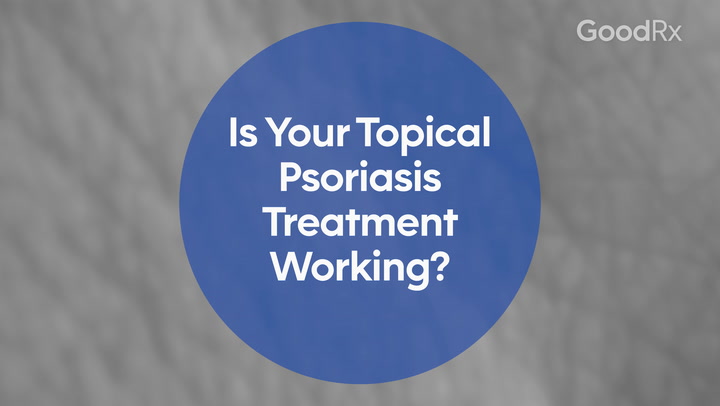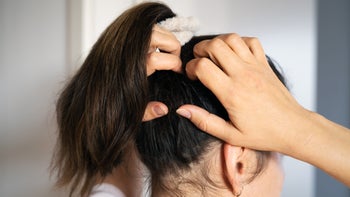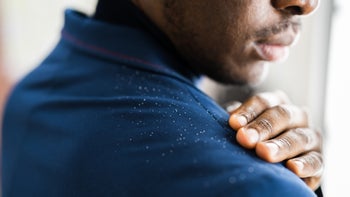
Psoriasis From Head to Toe: What It Looks Like on Different Body Parts (Including Pictures)
Key takeaways:
Psoriasis is a common rash that can affect any part of your body, from your head to your toes.
There are five types of psoriasis. Some types are more likely to affect certain parts of the body.
The types of psoriasis can look different on different parts of the body and skin tones.
Sometimes, other common rashes can be mistaken for psoriasis. Your dermatologist or other healthcare professional can help you determine if you have psoriasis or something else.
Table of contents
Psoriasis is a common rash that usually appears on areas like the elbows, knees, scalp, and back. But, psoriasis can affect any part of your body, and it may not always look the same from one location to the next. In some areas it may cause discolored scaly patches, while in other areas it can cause pus bumps and skin cracking.
Knowing what psoriasis looks like on different parts of the body and in different skin tones can help you get the right diagnosis and the right treatment.
Types of psoriasis
There are five main types of psoriasis. Different types tend to affect different parts of the body. Here they are, in order of the most to the least common:
Plaque psoriasis: This is the most common type. It causes thick, scaly patches of skin that are red in fairer skin, and violet or brown in darker skin tones. Plaque psoriasis can affect any skin on the body. When psoriasis in darker skin heals, it can leave dark marks called post-inflammatory hyperpigmentation that can take months to go away.
Inverse psoriasis: This type causes smooth, red, violet, or brown patches. The difference with plaque psoriasis is that these patches aren’t usually scaly. Inverse psoriasis affects skin folds like the armpits, groin, and under the breasts.
Guttate psoriasis: In this type, you’ll get small, round, scaly bumps and patches on the torso, legs, and arms. The rash can look pink, purple, or brown depending on the skin tone. It’s more common in younger people.
Pustular psoriasis: This rash will look like white, pus-filled bumps surrounded by red, violet, or brown skin. It can affect certain areas of the body (like the palms and soles), or it can be more widespread.
Erythrodermic psoriasis: This type causes large patches of red, violet, or brown discoloration with skin shedding. It can affect the whole body at once.
Here’s what psoriasis looks like from head to toe.
Scalp psoriasis
Scalp psoriasis is common. Most people with scalp psoriasis have plaque psoriasis, but guttate psoriasis can affect the scalp, too. It can cause skin flaking like dandruff, small patches, or it can even involve the whole scalp, including the hairline. When it’s severe, it can cause temporary hair loss.
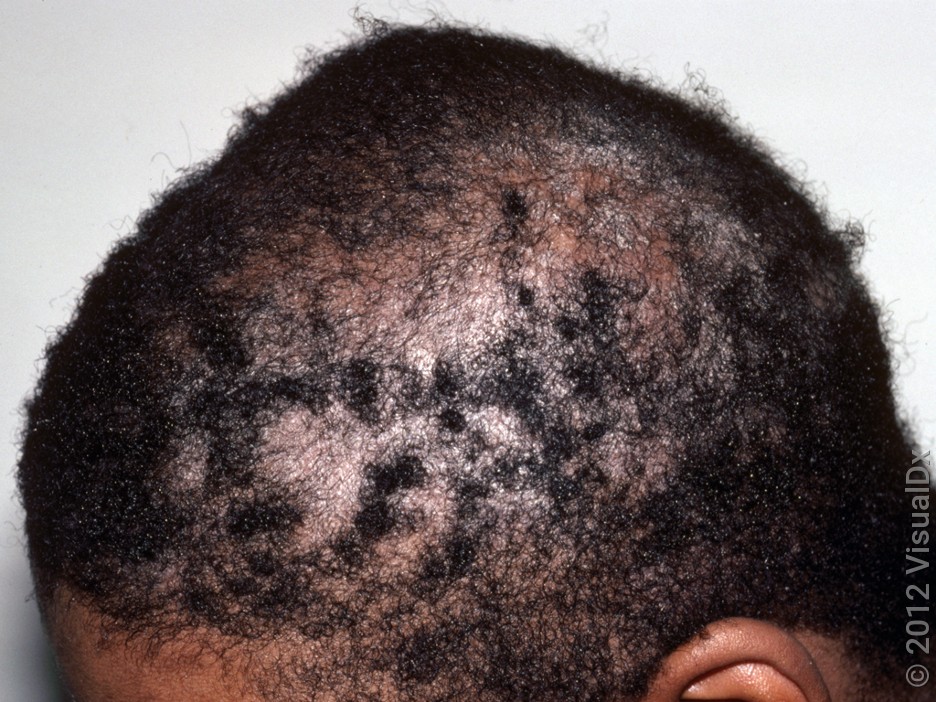

Psoriasis on the face
If you have face psoriasis, that’s most likely to be plaque psoriasis. But guttate psoriasis can also appear there. Psoriasis is most common on the forehead, around or in the ears, and on the cheeks. Most people with psoriasis on the face also have it on the scalp.


Neck psoriasis
Most neck psoriasis is plaque psoriasis. Neck psoriasis can appear as separate patches on the neck, or extend down from the scalp. It’s also common to spread around or in the ears.
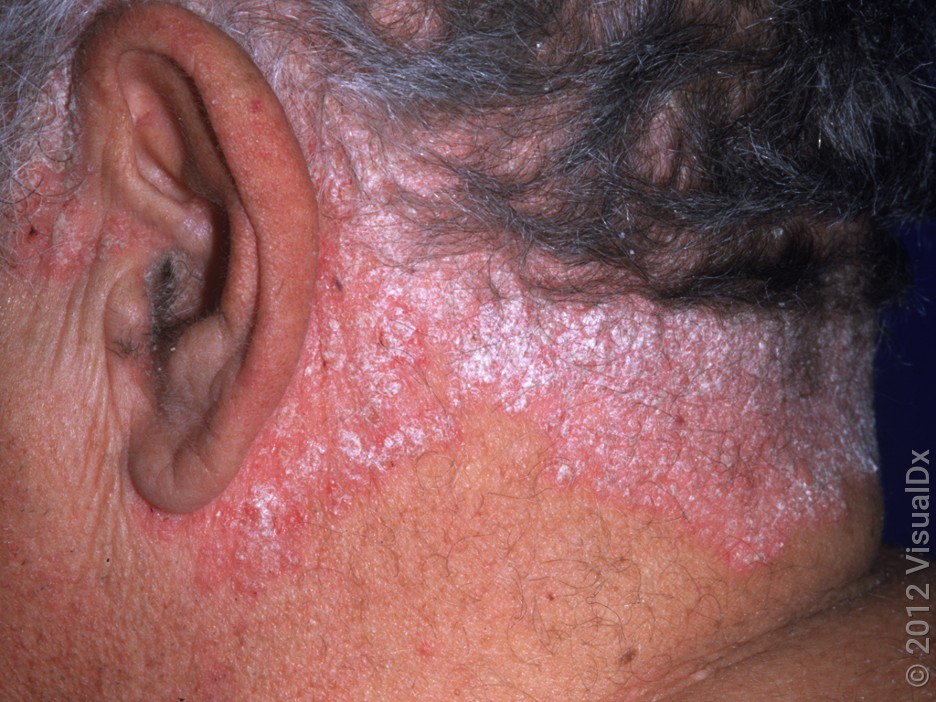

Psoriasis on the back
If you have psoriasis on your back. It’s most likely to be plaque psoriasis or guttate psoriasis. You may have just a few small spots on the lower back, or the psoriasis patches may be more widespread.


Psoriasis on the chest
If you have psoriasis in your skin folds, like under the breasts, then it’s most likely to be inverse psoriasis. Sweat, moisture, and rubbing can make this psoriasis worse. Often, the skin appears shiny, rather than scaly.


Psoriasis in the armpits
Inverse psoriasis can also involve the armpits. Like in other skin folds, these patches may appear shiny. Psoriasis here may also be worsened by sweat and friction.
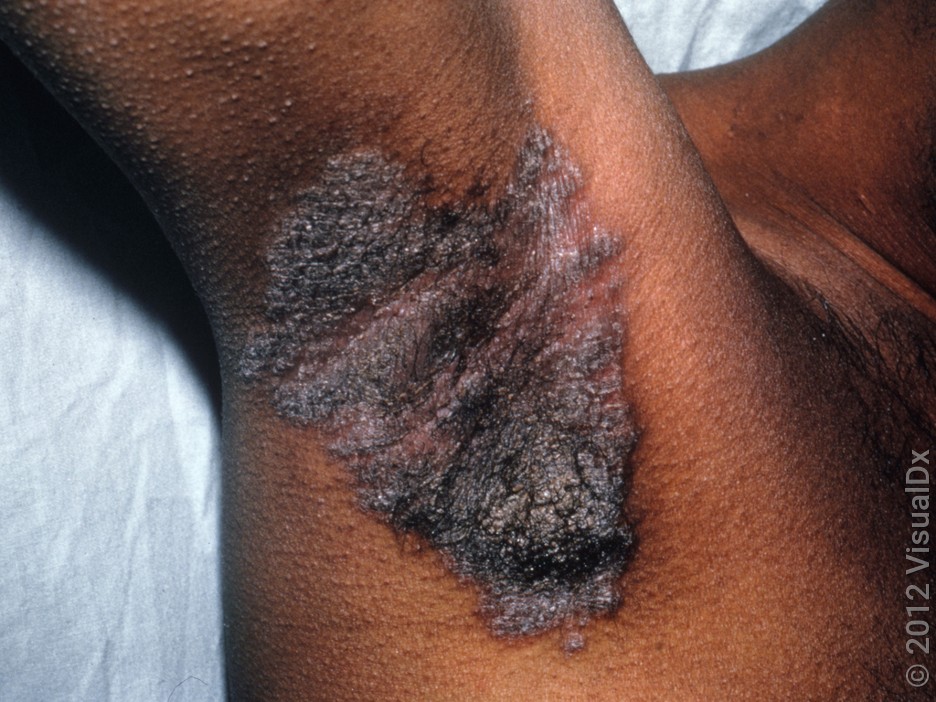
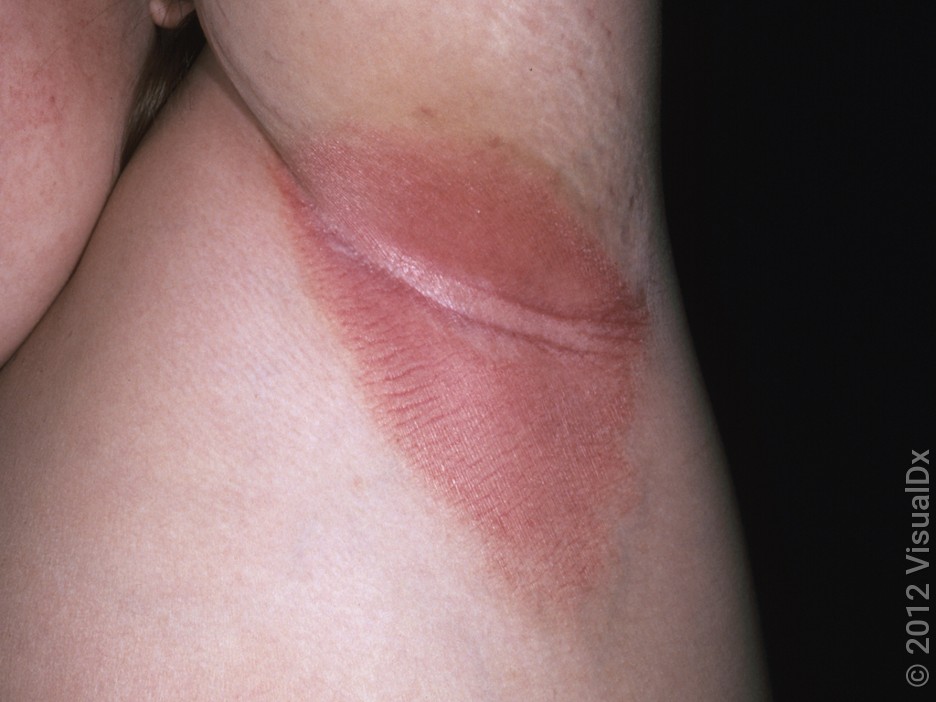
Psoriasis on the arms
One of the most common spots for plaque psoriasis is the elbows. In some people, that’s the only place psoriasis appears, while in others, it’s more widespread. Guttate psoriasis can also affect the arms.
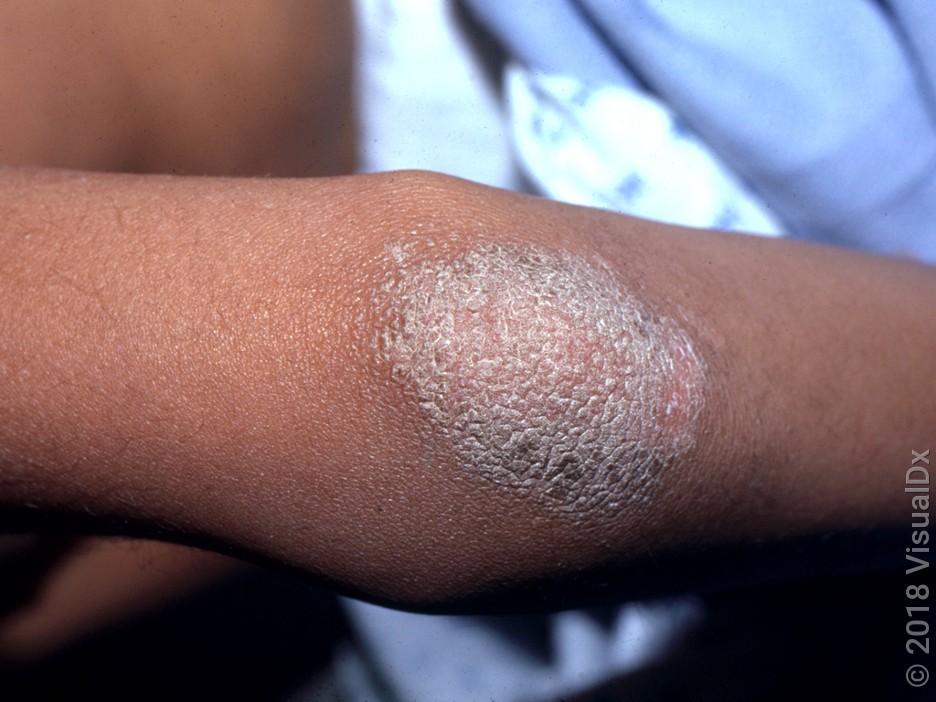
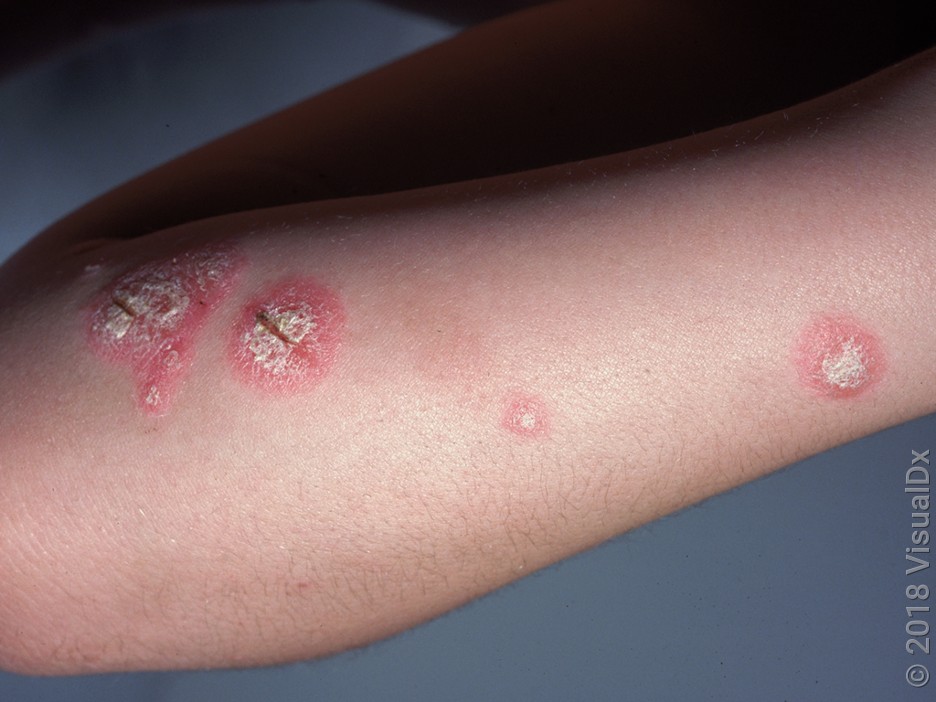
Psoriasis on the hands
Psoriasis can affect both the palms and backs of the hands. Many people with hand psoriasis will also have foot psoriasis. This is called palmoplantar psoriasis. Both plaque psoriasis and guttate psoriasis commonly affect hands. No matter the type of psoriasis you have, when it affects your hands, painful cracks (fissures) can form. Rarely, people with psoriasis on their hands can develop pustular psoriasis, a type of psoriasis that causes pus bumps on the palms.
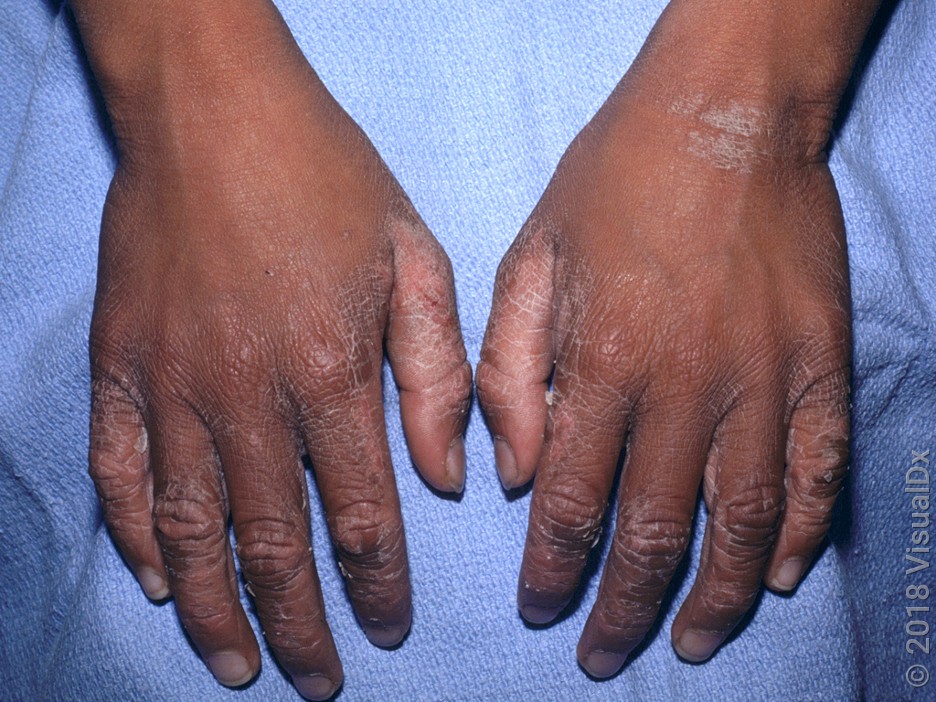

Psoriasis on the nails
No matter which type of psoriasis you have, it can affect the nails, too. You might have just one nail affected, or many nails at once. Nail psoriasis causes texture changes, like nail pitting, ridges, and thickening (subungual hyperkeratosis). It can also cause nail discoloration, like white spots (onycholysis).
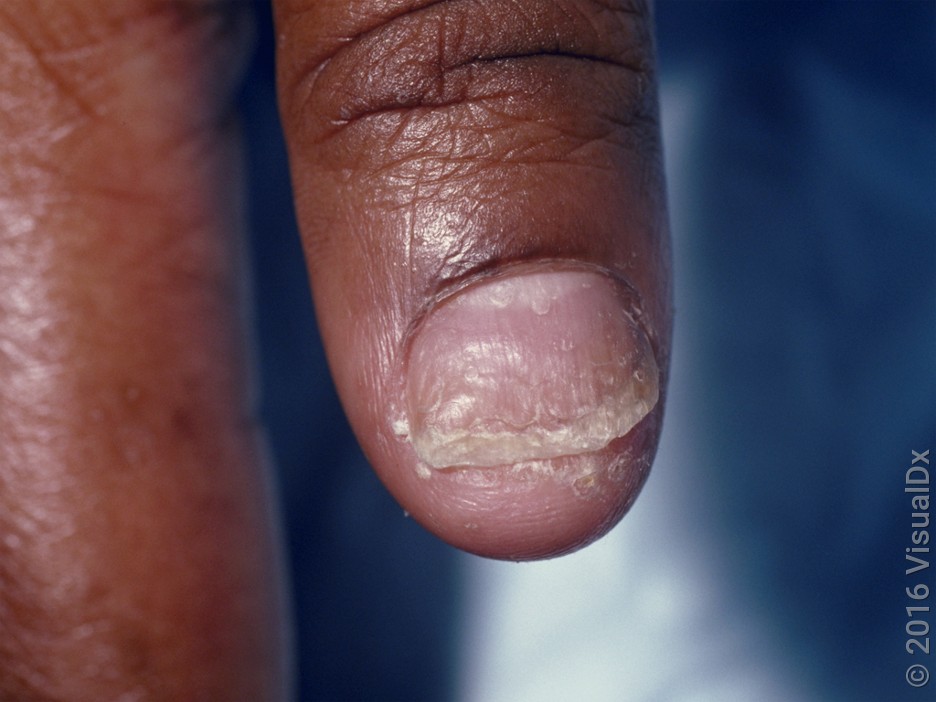

Psoriasis on the abdomen
If you have psoriasis on your belly (abdomen), then it’s most likely to be inverse psoriasis or plaque psoriasis. Commonly you’d notice this in or around the belly button, but psoriasis can affect other parts of your abdomen, too. Guttate psoriasis can appear here as well, but this is less common.
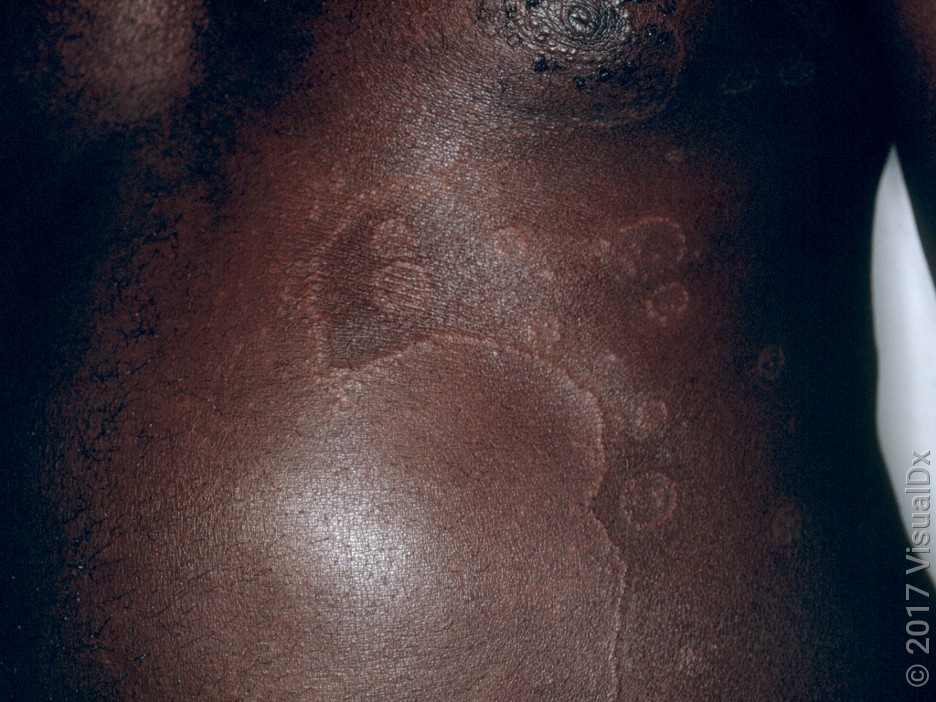
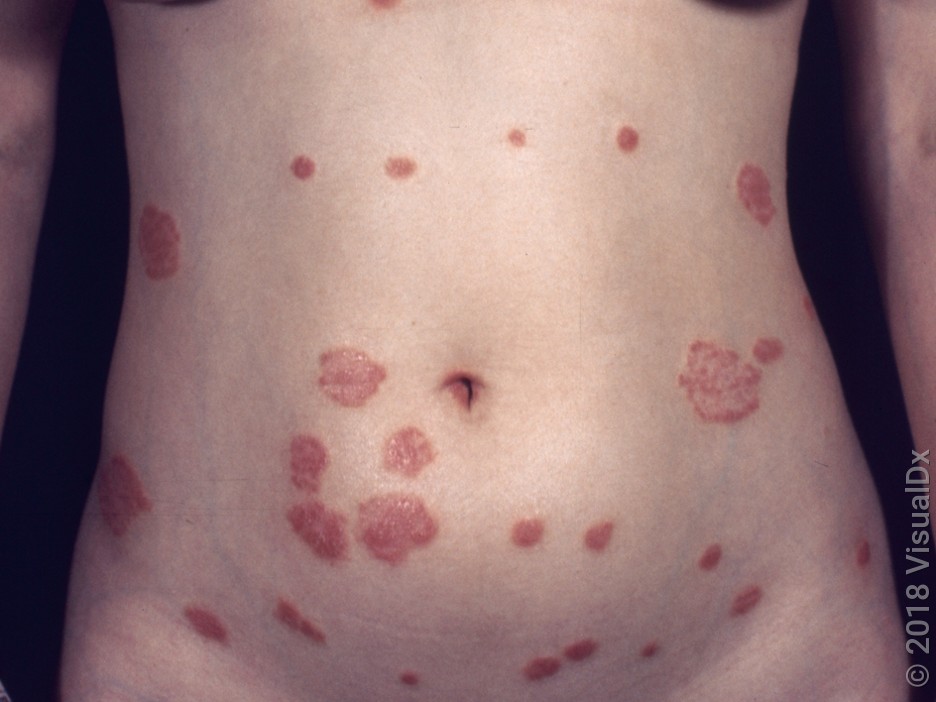
Psoriasis on the legs
Plaque psoriasis very commonly affects the knees, but it can also involve other parts of the legs. Guttate psoriasis can also appear anywhere on the legs.

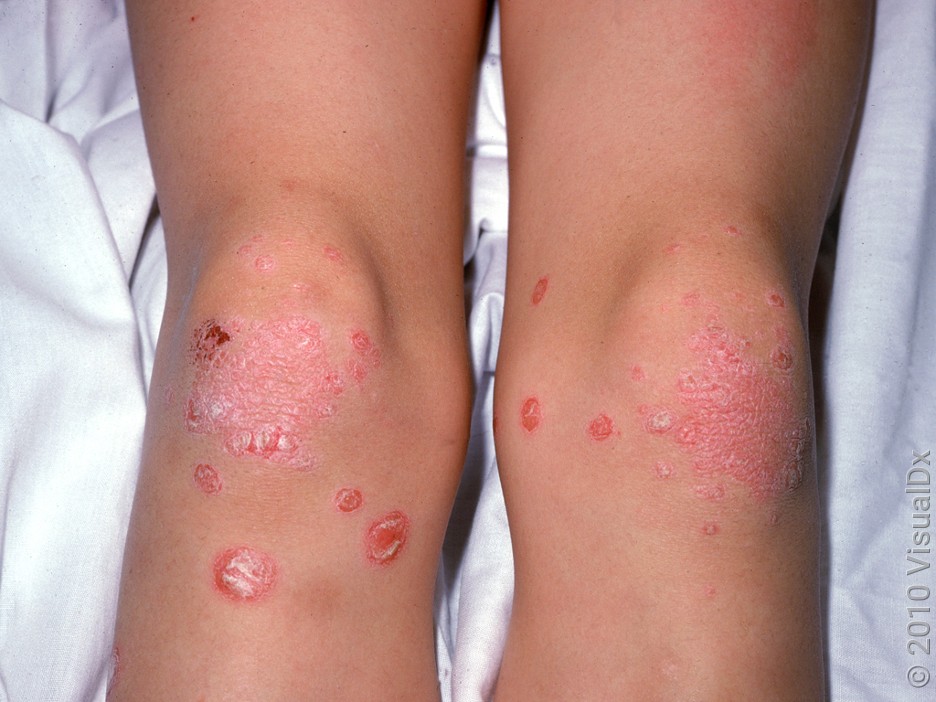
Psoriasis on the feet
Just like psoriasis affects the hands, it can also affect the feet. Plaque and guttate psoriasis are most common here, and cause scaly patches. Again, as in the palms, some people will develop pus bumps called pustular psoriasis on the soles of the feet. When psoriasis affects the soles of the feet, it can cause painful cracks (fissures) that can make it hard to walk.

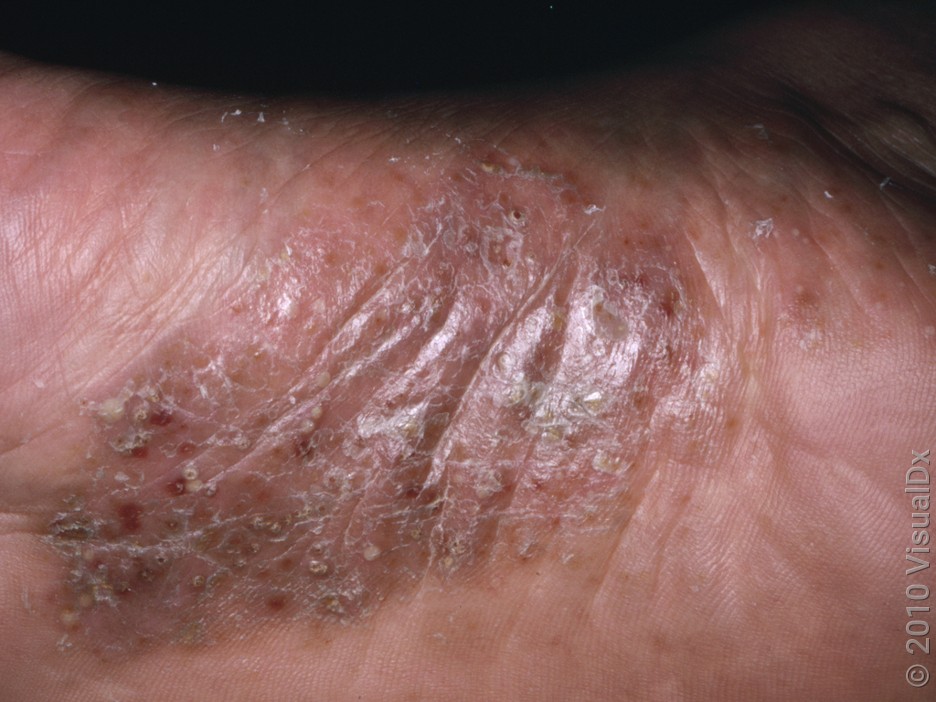
What can be mistaken for psoriasis?
To the trained eye, psoriasis is usually fairly easy to diagnose. But sometimes, it’s not so straightforward.
Here are some common conditions that cause rashes similar in appearance to psoriasis:
Fungal infection, like body ringworm, jock itch, or scalp ringworm
Dandruff (seborrheic dermatitis)
Irritant or allergic contact dermatitis
If you’re not sure what’s causing your rash, a dermatologist or primary care provider can help you make sense of it.
The bottom line
Psoriasis is one of those rashes that can affect any skin on your body, from your scalp to your toenails. But, depending on the type of psoriasis you have, it can show up in different places, and may look pretty different, too. Knowing what psoriasis looks like on different body parts can help you figure out whether your rash could be psoriasis — or something else.
Why trust our experts?


Images used with permission from VisualDx (www.visualdx.com).
References
Dopytalska, K., et al. (2018). Psoriasis in special localizations. Reumatologia.
Nair, P. A., et al. (2023) Psoriasis. StatPearls.
National Psoriasis Foundation. (2022). Erythrodermic psoriasis.
National Psoriasis Foundation. (2022). Pustular psoriasis.
National Psoriasis Foundation. (2024). Hands, feet & nails
National Psoriasis Foundation. (2024). Inverse psoriasis.
National Psoriasis Foundation. (2024). Locations and types.











